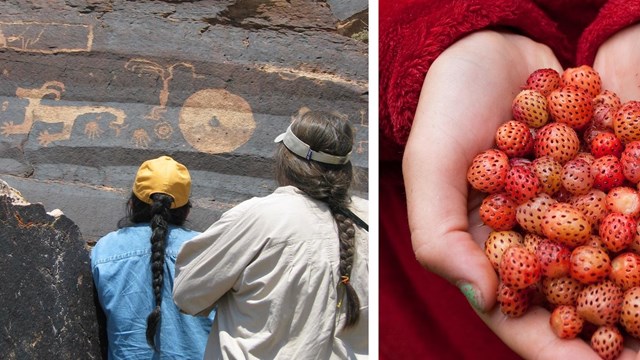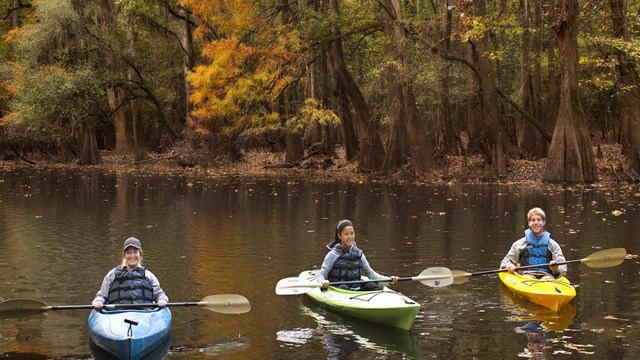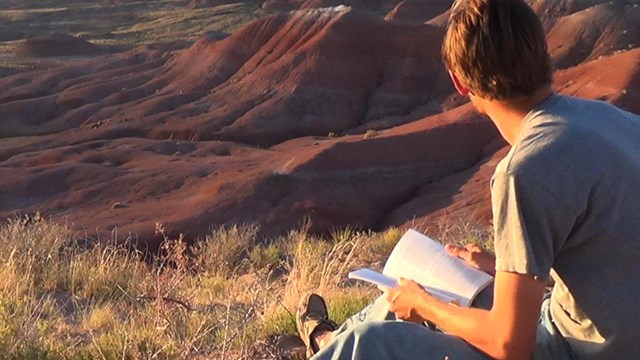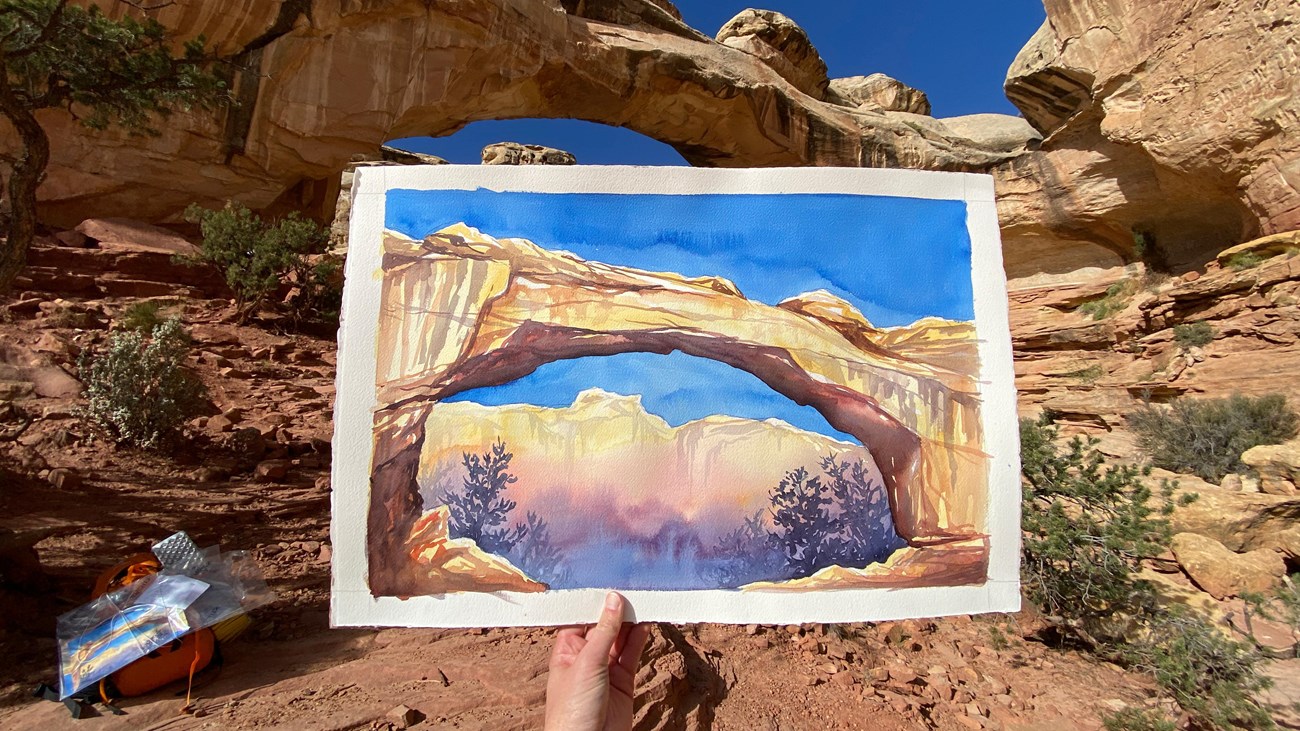Wilderness is for all
Wilderness can be found in the arid deserts, cypress swamps, alpine meadows, sandy beaches, and rocky crags. From Alaska to Florida, wilderness protects some of the most diverse and sensitive habitats in our country. It offers refuge for wildlife and a place to seek connection, inspiration, sustenance, adventure, and more. What does wilderness mean to you?





